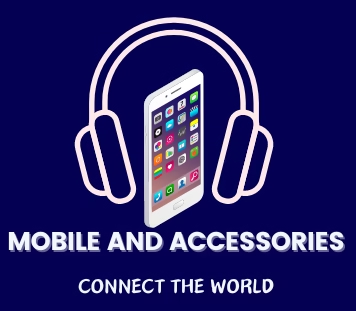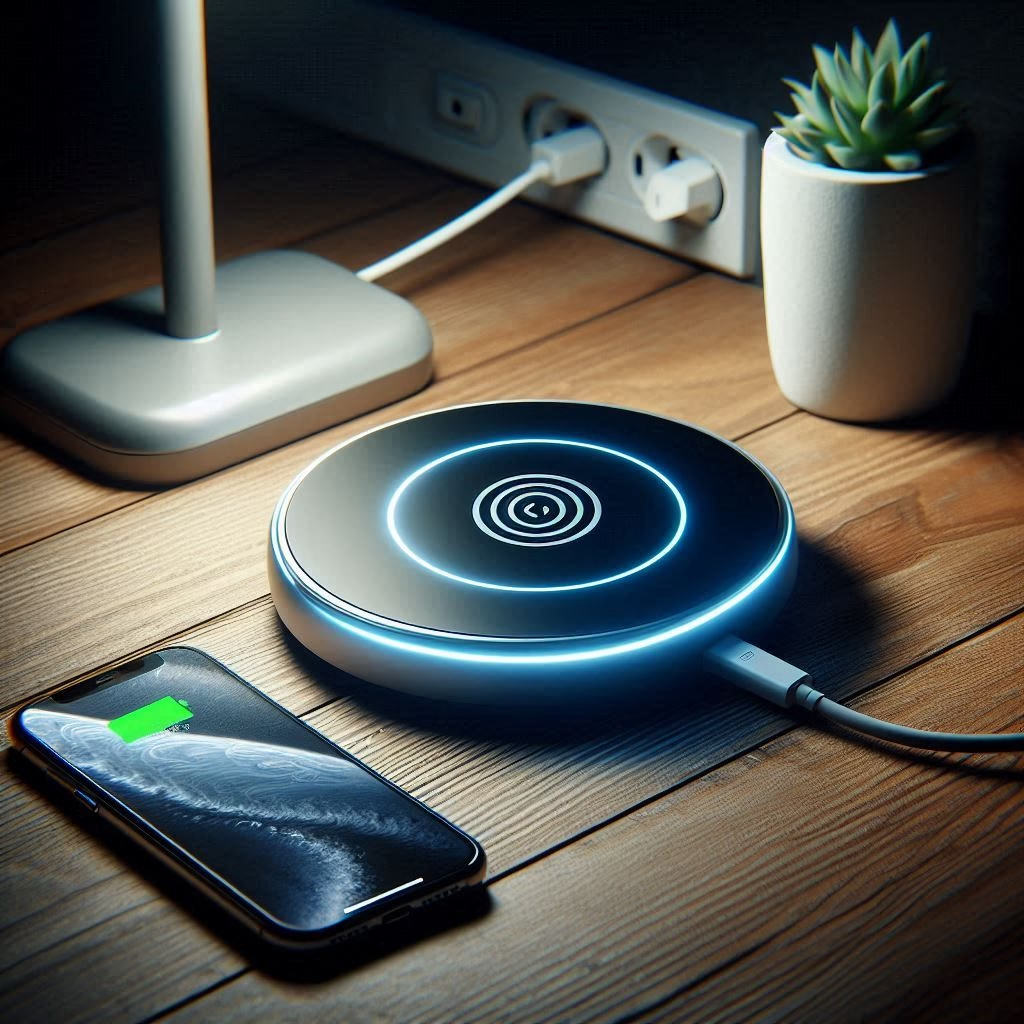How Do Wireless Chargers Work
This is particularly evident in our contemporary society, which sees the need to adopt aspects that make life easier to lead, thereby promoting comfort. Eliminate the daily hassle of having cables wrapped too tightly around your device or fumbling with plugging in the cables to the charging ports; all that is required is that the device be placed on the charging pads, which can begin the charging process on its own. However, there must have been a question that arises in your mind: Let’s go in and understand how these wireless chargers work.
Thus, in this article, the reader will get to know about this astonishing technological advancement by understanding the working mechanism of, how do wireless chargers work, how it could change the lives of humans for the better in every aspect, and the possible downfall of this creation.
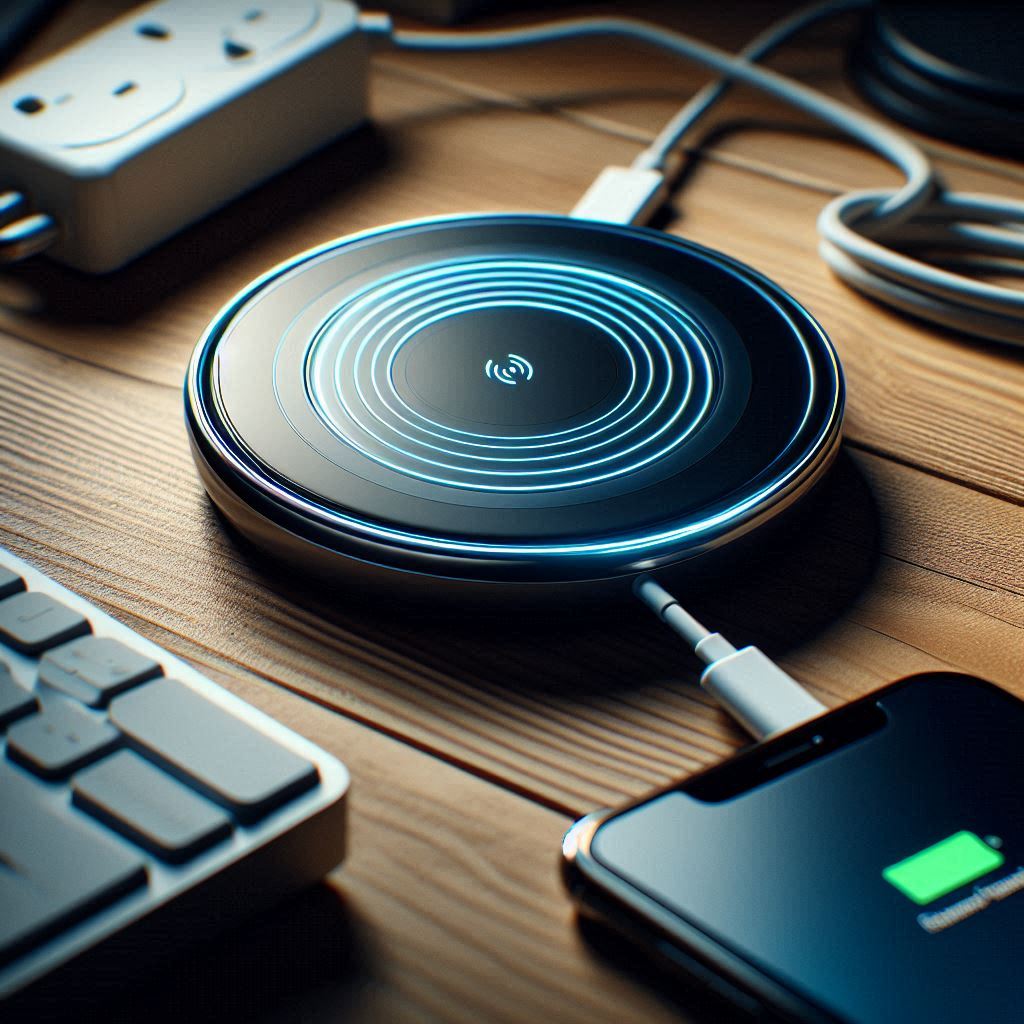
Wireless chargers are also chargers, but they shall not demand cords or cables for connection to the power source. Understanding the Principles:
In this case, the powering technique relies on wireless charging and uses electromagnetic induction as the device’s central technology. This principle was established by Michael Faraday in 1831 as the foundation for a current that is shifted with a conductor placed in a changing magnetic field. Wireless chargers are, therefore, those products that are used to recharge the battery of a device, but how exactly does a wireless charger function?
They use this principle to convert energy from the charging pad into energy for the device, which does not contact.
The charging pad has a transmitter coil that produces a fluctuating magnetic field. As a compatible device, such as a pad containing a receiver coil, is placed on the pad, an electric current is generated in the receiver coil due to the magnetic field. This current is then rectified by a rectifier circuit to make DC ready to charge the battery of the device safely.
To begin with, wireless chargers operate by creating an electromagnetic field that transfers power into the charging devices through an efficient, To begin with, wireless chargers work by generating an electromagnetic field whereby electricity is transmitted into the charging devices through an efficient The Key Components:
Transmitter Coil:
This is the first coil that is used in the charging pad to transfer some charge. It produces the alternating magnetic field that starts the charging process of the X Comparator 252.
Receiver Coil:
Located in the device, the receiver coil acquires the magnetic field produced by the first coil and translates this into electric current.
Rectifier Circuit: This circuit rectifies the AC that is induced in the receiver coil into DC, which is useful for charging the battery.
Control Circuitry:
It has been demonstrated that both the transmitter and the receiver have control circuits that also control the charging mechanism to ensure the best performances as well as enhanced safety.
How does the wireless charging mechanism operate? Different Technologies:
While the fundamental principle remains the same, there are two main wireless charging technologies in use today:
Inductive Charging:
This is the most common and widely implemented model when using this technology. The method used is electromagnetic induction, which has already been described above, and the two coils have to be placed very close, usually within a few millimeters.
Resonant Charging:
It is also referred to as magnetic resonance charging. This system operates under resonant inductive coupling, unlike standard contact-based charging, which requires proximity. It is a little more complicated than and not as efficient as inductive charging.
Features and Benefits of Wireless Charging:
Convenience: There will be no more finding places to plug in and connect cords anymore; simply setting your device on the charging pad starts the charging process effortlessly.
Versatility: Wireless charging is the future technology because it can charge all the latest gadgets that prevail in the current technological world, such as smartphones, tablets, smartwatches, and even earbuds.
Safety: Compared to conventional wiring that requires direct connection, issues like electric currents, short circuits, and, in extreme cases, electrical shocks are greatly reduced with wireless charging.
Durability: Charging without using wires can reduce the number of charging ports required; thus, failure to charge since the charging port is busy is rare since it is not easily damaged by the constant plugging in and out of the charging cables.
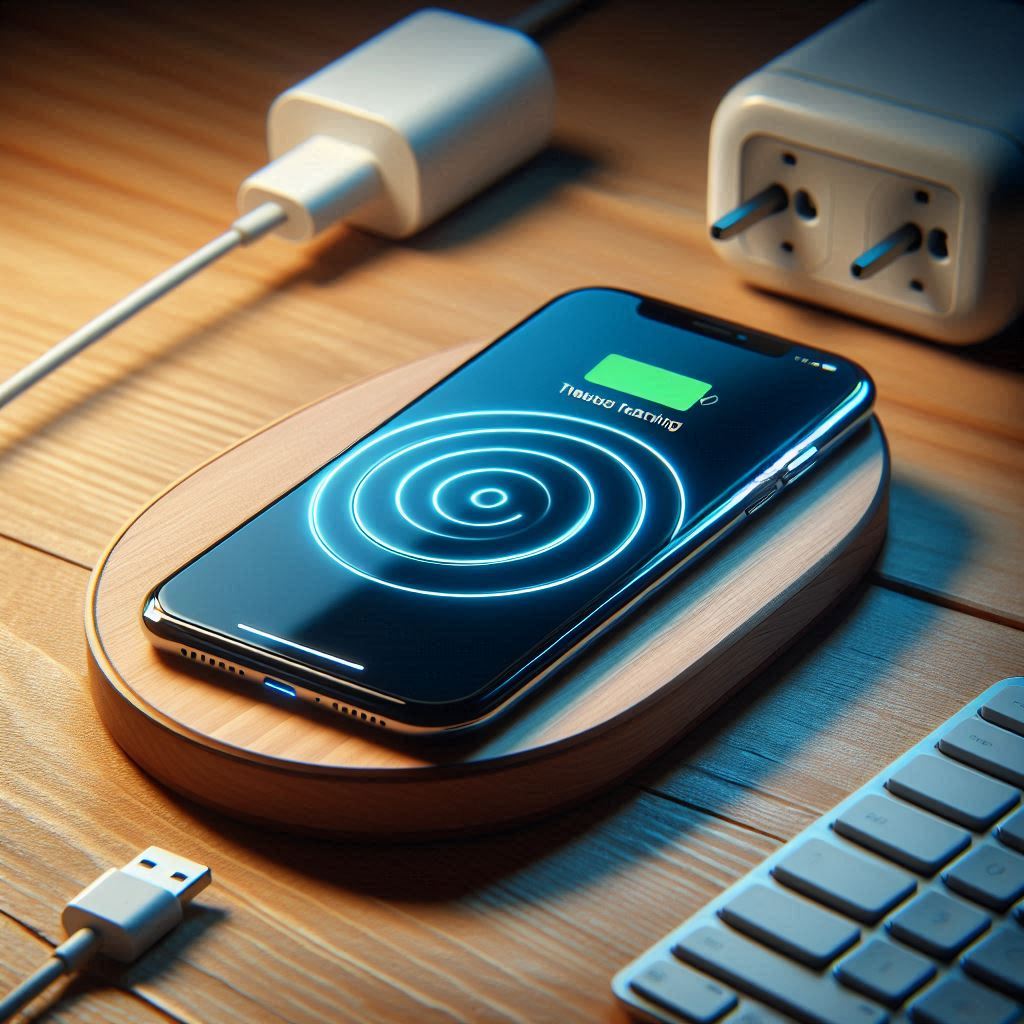
Pricing and accessibility:
With the advancement of wireless charging equipment, this type of charging option is slowly gaining mainstream popularity due to its affordability. The basic wireless chargers that are available on the market can be bought for as little as $10–$20, but the advanced models, which come with lots of features like fast charging and the ability to charge multiple devices, would set a buyer back anywhere between $50 and $100.
Apple introduced wireless charging to the iPhone 8, Samsung adopted the technology for the Galaxy S8, and Google implemented it for the Pixel 3. They have also stimulated growth in their usage across the health systems, reducing costs further for consumers.
Conclusions about How Do Wireless Chargers Work:
Even now, wireless charging technology has made great leaps, but what about what we will see in the coming decades? Currently, there are ongoing efforts to find ways to expand the range, enhance the effectiveness, and improve the wireless charging capability to incorporate it on most commonly touched and used surfaces such as tables, car interiors, and furniture.
Further, the wireless charging standards and regulations also have significance because of the development of the requirements and compatibility between the various wireless charging devices and products from different manufacturers.
In the future, where devices are seamlessly a part of our lives, wireless charging is set to be a key component as it removes the physical cable constraints, thereby allowing for convenient charging means. So in any instance where you find yourself considering and asking questions like “How Do Wireless Chargers Work?” do remember that you are dealing with the principles of electromagnetic induction, which makes this wonderful creation a reality.
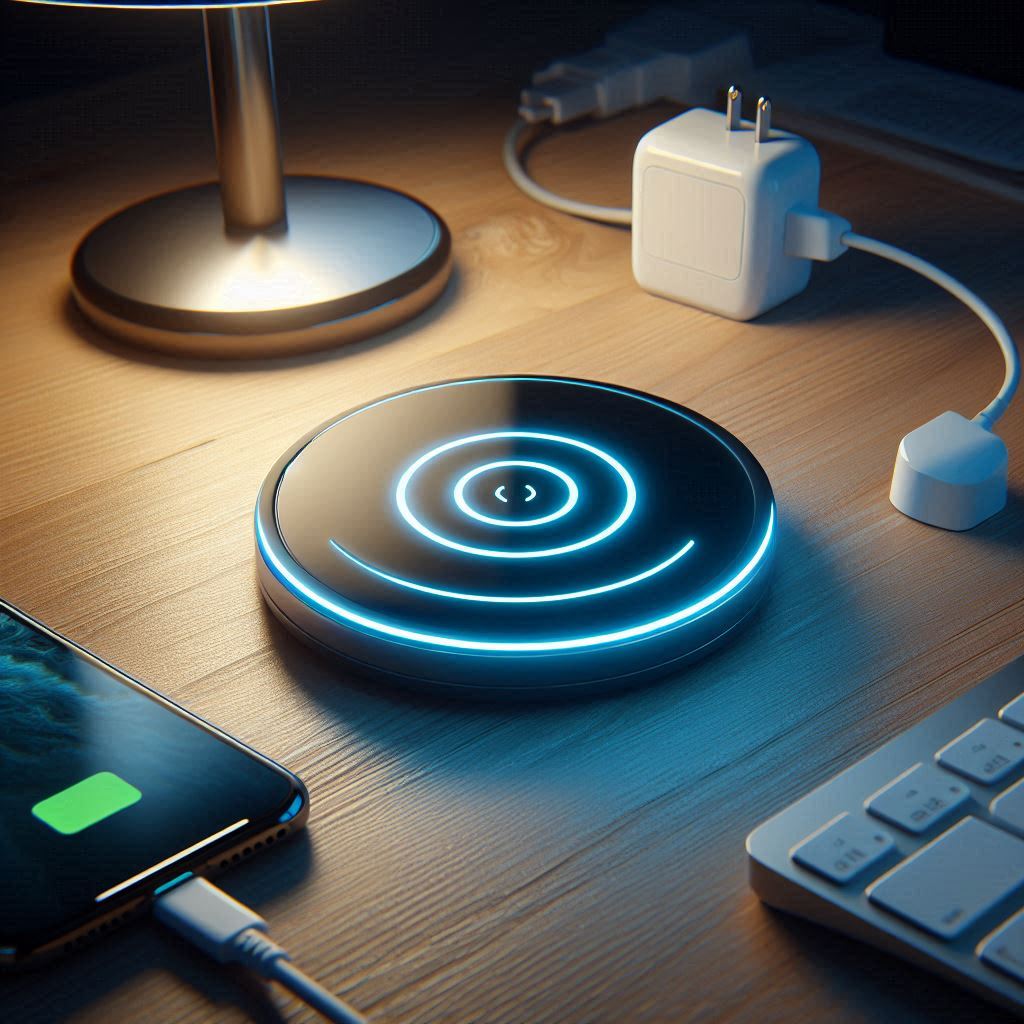
FAQs about How Do Wireless Chargers Work
What are the modifications between wireless charging and wired charging?
Transportation of energy from the source to the device via the air is not as efficient compared to electrical conduction, not to mention that there is energy conversion. Nevertheless, the advantages that come with this kind of organization outweigh this inconvenience because, although the work may be done slightly less efficiently,.
Is it possible to wirelessly charge a device through the use of a case or cover?
If the case or cover is thin and made of a specific material, then it is possible to integrate ports into it. For wireless charging to work, the cases should not include metals and are usually slim; however, thick and metallic ones can hinder the process.
